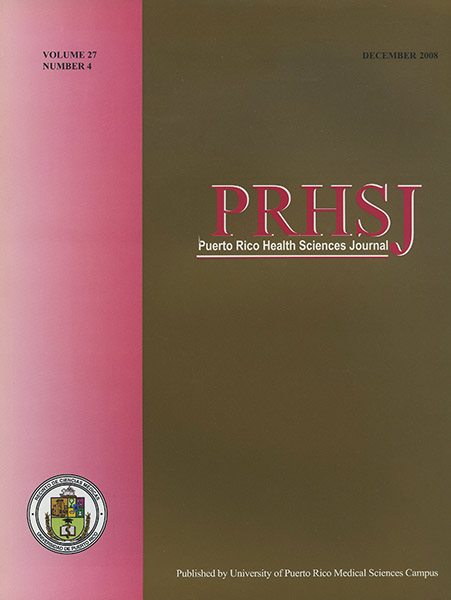Abstract
Background: Suicidal behavior among adolescents is not a well-explored public health problem. Health policy decision-making on suicidal behavior needs reliable information on the prevalence of suicidal ideation (SI) and its associated risk factors to produce health promotion and prevention programs. Methods: The Global School Health Survey is a selfadministered survey done on a random probabilistic sample among students of the 7th, 8th, and 9th grades in the Lara State, Venezuela, school period 2003 to 2004. Point prevalence of SI and associated factors were included and the odds (OR) of having SI was calculated given selected factors. Results: Two-thousand seventy (2070) respondents, of which 13.5% reported having SI in the last 12 months, and in females more than males (14.6% vs. 11.7%). The OR for SI, according to an associated risk factor, were among (a) females: age ≥14 years (2.2), worries (3.42), loneliness (8.8), ever had sexual intercourse (5.58), alcohol (8.43) and (b) males: having only one or non close friends (3.69), alcohol (12.36), ever had sexual intercourse (2.73). Conclusion: Behavioral risk factors are relatively new in the field of surveillance systems; therefore, results on SI should be cautiously taken into consideration and a wide discussion should be encouraged as we learn how to best use the results for health promotion and disease prevention.
Authors who publish with this journal agree to the following terms:
a. Authors retain copyright and grant the journal right of first publication with the work simultaneously licensed under a Creative Commons Attribution License that allows others to share the work with an acknowledgement of the work's authorship and initial publication in this journal.
b. Authors are able to enter into separate, additional contractual arrangements for the non-exclusive distribution of the journal's published version of the work (e.g., post it to an institutional repository or publish it in a book), with an acknowledgement of its initial publication in this journal.
c. Authors are permitted and encouraged to post their work online (e.g., in institutional repositories or on their website) prior to and during the submission process, as it can lead to productive exchanges, as well as earlier and greater citation of published work (See The Effect of Open Access).
